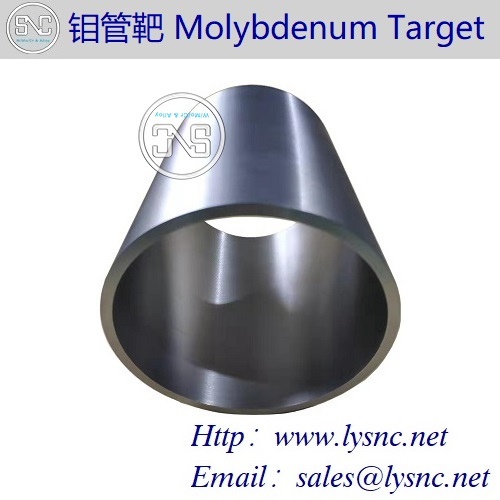Physical/Chemical Vapor Deposition
Vapor deposition is the use of physical, chemical processes occurring in the gas phase to form functional or decorative metallic, non-metallic or compound coatings on the surface of the workpiece. Vapor deposition technology can be divided into chemical vapor deposition, physical vapor deposition and plasma vapor deposition according to the film formation mechanism.
The current preparation of tungsten coating can be carried out by physical or chemical vapor deposition, or the vapor deposition method combined with other preparation techniques to improve the performance of tungsten coating.
Chemical Vapor Deposition (CVD)
refers to the introduction of a vapor containing a gaseous reactant or a liquid reactant constituting a thin film element and other gases required for the reaction into the reaction chamber to generate a chemical reaction on the surface of the substrate. The process of the film. Many films in very large scale integrated circuits are fabricated by CVD. Chemical vapor deposition places the workpiece in the reaction chamber, evacuates it and heats it to 900-1100 °C. If a TiC layer is to be coated, titanium is introduced into the reaction chamber with a volatile chloride (such as TiCl4) and a gaseous hydrocarbon (such as CH4). At this time, a chemical reaction occurs on the surface of the work to form TiC, which is deposited on the surface. A coating layer of 6 to 8 μm thick is formed on the surface of the workpiece. After the workpiece is vapor-deposited and plated, it is quenched and tempered. The surface hardness can reach 2000~4000HV
chemical vapor deposition. The deposition temperature is low, the film composition is easy to control, the film thickness is proportional to the deposition time, and uniformity. Good repeatability and excellent step coverage.
Physical vapor deposition (PVD)
physical vapor deposition is the process of evaporating, ionizing or sputtering to produce metal particles and react with a reaction gas to form a compound deposited on the surface of the workpiece. Physical meteorological deposition methods include vacuum plating, vacuum sputtering and ion plating. Currently, ion plating is widely used.
Ion plating is by means of inert gas glow discharge, so that the plating material (such as titanium metal) is vaporized and ionized, and the ions are accelerated by the electric field to bombard the surface of the workpiece with higher energy. At this time, if CO2, N2 and other reaction gases are introduced, A TiC, TiN coating can be obtained on the surface of the workpiece with a hardness of up to 2000 HV. The important feature of ion plating is that the deposition temperature is only about 500 °C, and the coating has strong adhesion. It is suitable for high-speed steel tools and hot forging dies.
Our company can produce tungsten, molybdenum crucible, cover plate, arc chamber, electron gun, heater, filament electrode, boat, target, tungsten skein and so on for vapor deposition.















